Create Your Nonfiction Book Quickly and Easily
February 12, 2019
Note From Rochelle
Dear Writers,
I’m so thankful to my critique group. Because of them, I’ve written three new picture books in the last year. Without the deadlines and their encouragement, I’m not sure I would have taken time from my busy schedule to work on these stories.
If you are looking for a group to hold you accountable and support you in being the best writer you can be, consider applying for the Writing Goddesses group. I have room for 1 more person. If you’re interested in joining us, visit the Writing Goddesses page on my website to learn how to apply or email me for more information.
Today’s tip will teach you how you can create your book out of content you’ve already written!
Enjoy!
Rochelle
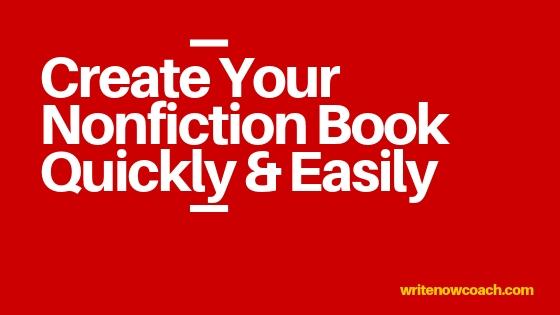
Create Your Nonfiction Book Quickly and Easily
by Rochelle Melander
What if I told you that you may have already written a book?
Wouldn’t that be cool?
If you’ve been a regular blogger, speaker, or workshop leader, you’ve no doubt created all the content you need for a book. All you have to do is assemble and polish it.
In this article, I’ll talk about 4 types of books that you can assemble from existing content.
The Collection Book
A collection book gathers essays, interviews, newsletter articles, or other short pieces of content and groups it around a theme like overcoming fear or living a creative life.
Because the content of a book of essays can be wildly funny, deeply serious, literary, political, religious, and so much more, it’s a great format for many entrepreneurs. And because it collects together short pieces, it’s a good format for repurposing existing content. In fact, these books often start as blog posts or magazine columns that become popular and get transformed into a book.
Examples
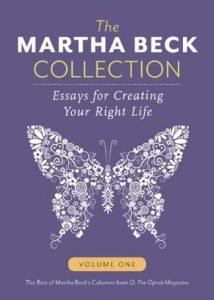 The Martha Beck Collection: Essays for Creating Your Right Life, Volume One by Martha Beck. These are essays from Beck’s O Magazine column.
The Martha Beck Collection: Essays for Creating Your Right Life, Volume One by Martha Beck. These are essays from Beck’s O Magazine column.
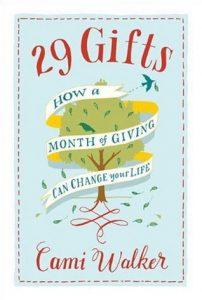
29 Gifts: How a Month of Giving Can Change Your Life began as a blog. Cami, who has multiple sclerosis, tried the spiritual practice of giving a gift every day for 29 days. Both the blog and the book include stories from readers who have also been changed by the 29 Gifts project.
Type of content: blog posts, articles or even podcast episodes
Your turn
Review what you’ve written in your blog, newsletter, or what you’ve talked about in a podcast, and look for themes that might work well as a collection book.
A How-To Book
The How-To Book teaches readers how to accomplish a task (lose weight), solve a problem (overcome the fear of speaking) or understand and apply information (wine and food pairing).
Examples
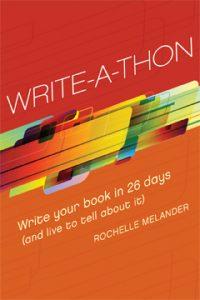 Write-A-Thon: Write Your Book in 26 Days (And Live to Tell About It). My book on how to write a book fast started as a series of blog posts. Because I wanted to write a how-to-book, I added additional content to guide the reader through the process of writing a book.
Write-A-Thon: Write Your Book in 26 Days (And Live to Tell About It). My book on how to write a book fast started as a series of blog posts. Because I wanted to write a how-to-book, I added additional content to guide the reader through the process of writing a book.
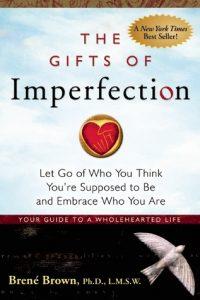 The Gifts of Imperfection by Brené Brown. This book offers readers a series of guideposts for living an authentic life. Each chapter includes an essay and then practical steps for the reader to Get Deliberate, Get Inspired, and Get Going.
The Gifts of Imperfection by Brené Brown. This book offers readers a series of guideposts for living an authentic life. Each chapter includes an essay and then practical steps for the reader to Get Deliberate, Get Inspired, and Get Going.
Type of content: home study course, class, or workshop
Your turn
What do you teach people how to do? Do you have a workshop, class, or program that you have taught that could be easily turned into a book?
A Big Idea Book
The Big Idea book presents a single important idea in a compelling way. While the book may include action steps, it is not a how-to book. The tiny pieces of the book—chapters, paragraphs, exercises, call outs, and sidebars— support or prove the main idea.
Examples
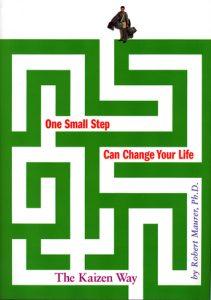 One Small Step Can Change Your Life: The Kaizen Way by Robert Maurer. The big idea: taking small steps bypasses the fear part of our brain and allows us to take action and achieve our goals. The book tells stories to support how this works in real life.
One Small Step Can Change Your Life: The Kaizen Way by Robert Maurer. The big idea: taking small steps bypasses the fear part of our brain and allows us to take action and achieve our goals. The book tells stories to support how this works in real life.
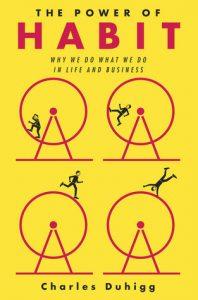 The Power of Habit: Why We Do What We Do In Life and Business by Charles Duhigg. This book presents stories that support the idea that habit is the key to exercising regularly, being more productive, and succeeding. The key principle is the habit loop: Cue, Practice, Reward.
The Power of Habit: Why We Do What We Do In Life and Business by Charles Duhigg. This book presents stories that support the idea that habit is the key to exercising regularly, being more productive, and succeeding. The key principle is the habit loop: Cue, Practice, Reward.
Type of content: speech, class, or a long blog post
Your turn
Do you have a big idea that has transformed the way you approach your business or life? Do you have evidence that your idea works? Why not turn that idea into a book that shows the reader how to use your idea to make a mindset shift in their work or life?
The List Book
The list book is a simple list of items that go together: books to read, places to travel to, or quotes to inspire. Over the years, authors have collected different kinds of tiny pieces like toasts, tools, quotes, riddles, rules, sayings, and mistakes together in books to help, delight, or disgust their readers.
Examples
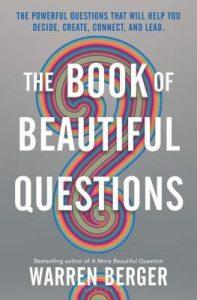 The Book of Beautiful Questions: The Powerful Questions That Will Help You Decide, Create, Connect, and Lead by Warren Berger
The Book of Beautiful Questions: The Powerful Questions That Will Help You Decide, Create, Connect, and Lead by Warren Berger
What the Dormouse Said: Lessons for Grownups from Children’s Books by Amy Gash
When I Loved Myself Enough by Kim McMillen
Type of content: quotes, sayings, or rules
Your turn
Consider the actions, rules and practices you repeatedly refer to in your current content. How can you turn these into a book?
Moving Forward
 If you’re ready to create your book but need a bit more information, sign up for my class: Create a Book from Existing Content
If you’re ready to create your book but need a bit more information, sign up for my class: Create a Book from Existing Content








